Expansion of Dental Practices
The expansion of dental practices worldwide is contributing to the growth of the Dental Autoclave Market. As more dental clinics and practices are established, the need for effective sterilization equipment becomes increasingly critical. This expansion is driven by factors such as rising dental health awareness and an increase in disposable income, allowing more individuals to seek dental care. Consequently, the demand for autoclaves is expected to rise as new practices invest in high-quality sterilization solutions to ensure patient safety. Furthermore, established practices are likely to upgrade their existing equipment to meet the growing patient expectations and regulatory requirements. This trend indicates a robust growth trajectory for the Dental Autoclave Market.
Increased Regulatory Standards
The Dental Autoclave Market is significantly influenced by the rise in regulatory standards governing sterilization practices. Regulatory bodies are continuously updating guidelines to ensure that dental facilities adhere to stringent infection control measures. Compliance with these regulations is essential for dental practices to maintain their licenses and avoid penalties. As a result, there is a growing necessity for reliable autoclave systems that meet these regulatory requirements. The market is likely to see an uptick in demand for autoclaves that are certified and validated according to the latest standards. This trend not only enhances patient safety but also drives the growth of the Dental Autoclave Market as practitioners invest in compliant sterilization solutions.
Growing Awareness of Infection Control
The increasing awareness of infection control among dental professionals and patients is a key driver of the Dental Autoclave Market. As patients become more informed about the importance of sterilization in preventing infections, dental practices are compelled to adopt more rigorous sterilization protocols. This heightened awareness is leading to a greater emphasis on the use of autoclaves that ensure the complete sterilization of dental instruments. Market data suggests that the demand for autoclaves is expected to rise as dental practices strive to enhance their infection control measures. Consequently, the Dental Autoclave Market is likely to benefit from this trend, as practitioners seek to reassure patients about their safety and hygiene practices.
Rising Demand for Sterilization Equipment
The Dental Autoclave Market is experiencing a notable increase in demand for sterilization equipment. This trend is largely driven by the growing awareness of infection control and the necessity for maintaining high standards of hygiene in dental practices. According to recent data, the market for sterilization equipment is projected to grow at a compound annual growth rate of approximately 7.5% over the next five years. As dental professionals prioritize patient safety, the adoption of advanced autoclave systems is likely to rise, thereby propelling the Dental Autoclave Market forward. Furthermore, the increasing number of dental procedures performed annually contributes to the heightened need for effective sterilization solutions, ensuring that dental instruments are free from contaminants.
Technological Innovations in Autoclave Systems
Technological advancements play a crucial role in shaping the Dental Autoclave Market. Innovations such as automated cycles, enhanced monitoring systems, and energy-efficient designs are becoming increasingly prevalent. These advancements not only improve the efficiency of sterilization processes but also reduce operational costs for dental practices. For instance, the integration of smart technology allows for real-time monitoring and data logging, which enhances compliance with sterilization protocols. As dental practitioners seek to optimize their workflows and ensure the highest levels of safety, the demand for technologically advanced autoclaves is expected to rise. This trend indicates a shift towards more sophisticated sterilization solutions within the Dental Autoclave Market.


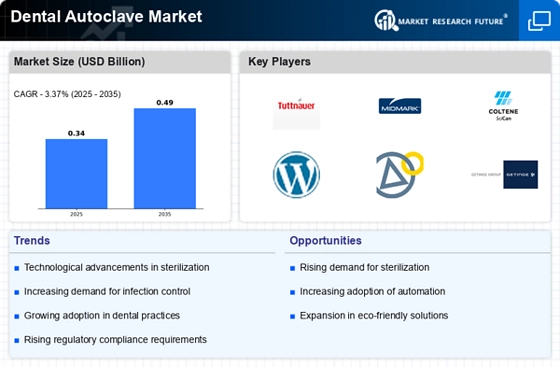
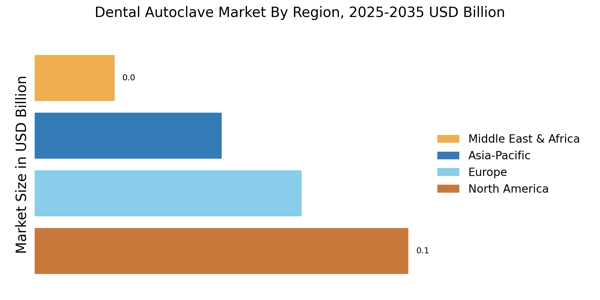
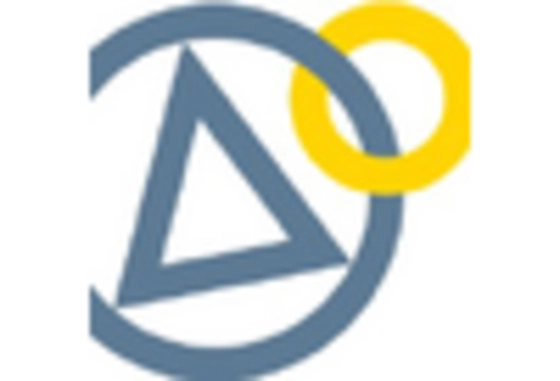
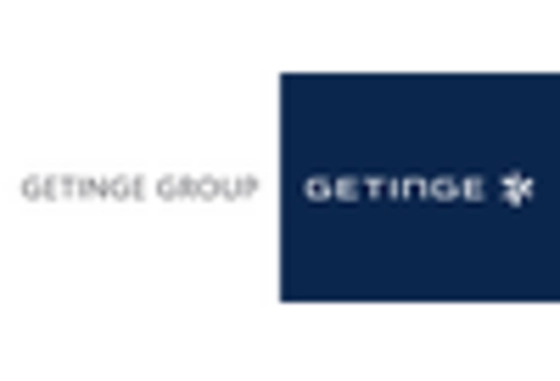
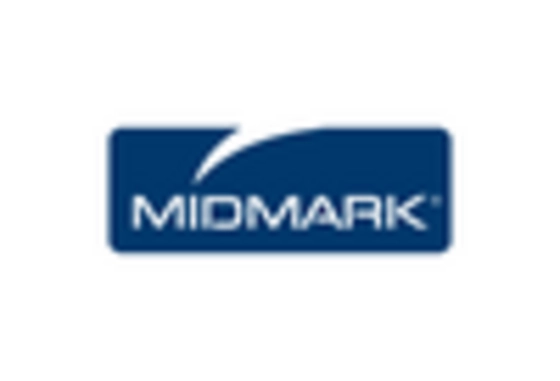
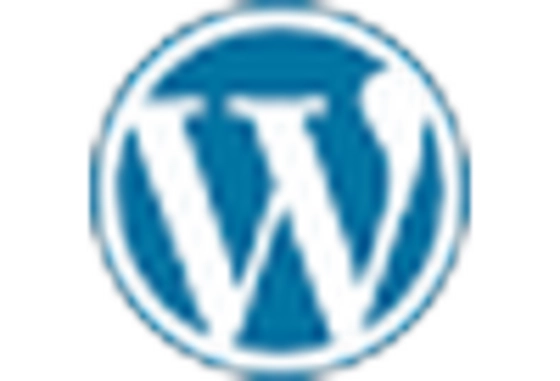
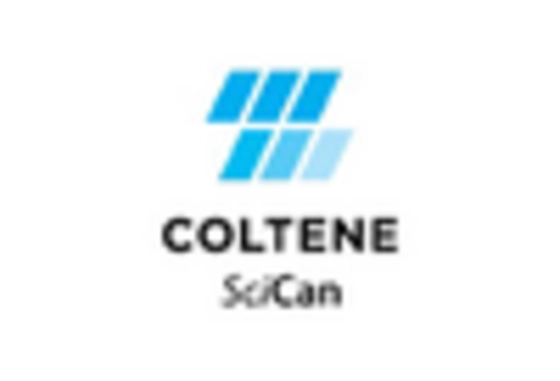
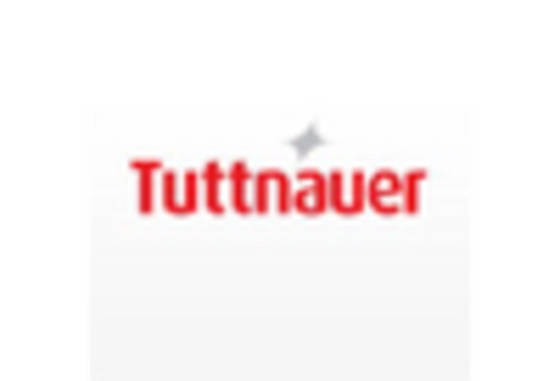








Leave a Comment